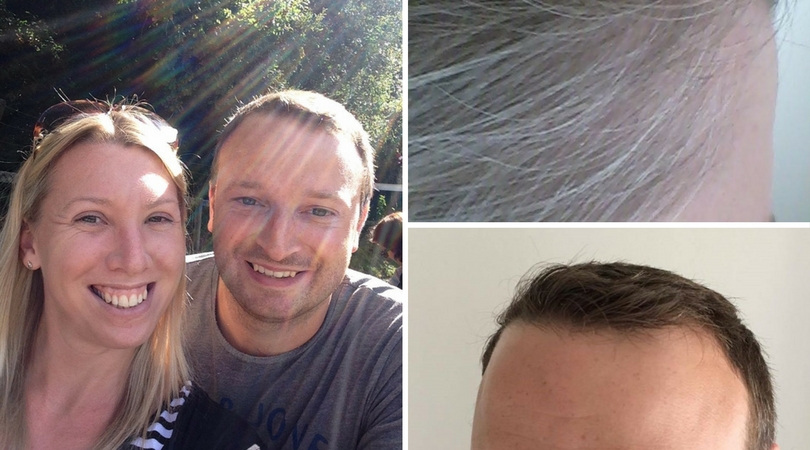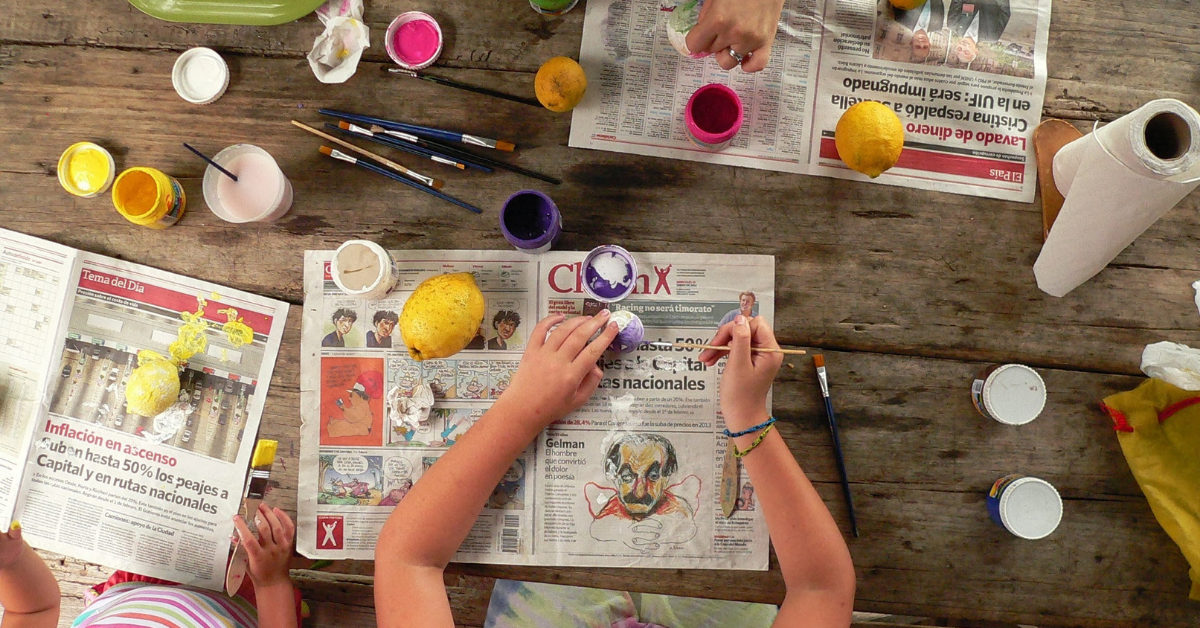
The Steps You Should Take If You Suspect Your Child has ASD

*Collaborative Post
According to the CDC, about one in 44 American children in 2018 had identifiable markers of autism spectrum disorder (ASD) and, because autism is a spectrum, the effect of this diagnosis is different for each child. Some children may not show typical autistic traits because they’re high functioning, while other children may obviously struggle to reach developmental milestones.
Between the ages of zero to five, children’s brains develop at a rapid level. Early diagnosis and supportive care can be extremely helpful for autistic children, especially those who are struggling with their speech or motor skills. Here are six steps you should take if you suspect your child may have ASD.
1. Consider Milestones
First, get familiar with developmental milestones. Every child develops at a different pace, but kids who take a longer time to hit developmental milestones or aren’t reaching them at all may be autistic. For example, most children learn to walk between nine and 15 months. If your child is two and still crawling, there could be a possibility that they are on the spectrum.
There are a number of milestones you can pay attention to, ranging from movement to speech to emotional connection. For example, most children start speaking between the age of one and two. At age three, children should start showing that they can play together instead of only on their own. Children should also make easy eye contact just a few weeks after birth.
2. Learn Common Signs
In addition to missing development milestones, children with autism often behave differently from a young age. They’re often highly sensitive to external stimuli and may develop coping mechanisms to soothe themselves. Here are a few ways that autism can present itself in young kids:
- They prefer to play alone.
- They don’t respond when you call their name.
- They don’t babble much and speak a personal language.
- They make repetitive movements like rocking.
- They struggle to make eye contact.
If your child has classic autism, they may show several of these symptoms at a young age. It can be challenging to diagnose kids who are high functioning. As your child grows, the signs and symptoms of ASD will become more prominent, making it easier to get a diagnosis and support.
3. Organize Playdates
First-time parents may not realize their child is autistic because they’re new to child development. To get a clearer view of your child’s development, you can organize playdates with kids their same age. The more children you observe, the easier it will be to notice any diving differences.
For example, older children with autism often play alone even when they’re in a group. Comparison can be useful because it lets you see your child’s development from a new perspective. However, it’s important to remember that every child develops differently, regardless of whether they have autistic tendencies which is why observation is key and gaining advice is so important.
4. Look for Stimming
Children with autism may easily feel overwhelmed by their external environments. Their high sensitivity can make it almost painful for them to eat certain foods, hear certain sounds or touch certain surfaces. Overstimulation can lead to panic and a meltdown, which some well-meaning parents may mistake for a temper tantrum.
Many autistic children respond to overstimulation by “stimming” – repetitive behaviors like hand-flapping or turning in circles. This helps them calm down and express their emotions. Restraining or punishing these behaviors only makes your child feel worse. If your child is using repetitive motion to calm themselves down, it’s very possible that they have autism.
5. Talk to a Doctor
If your child is showing signs of being autistic, the next step is to go see a doctor. Your primary care physician can conduct an assessment to see if your child falls somewhere on the spectrum. They’ll test speech, social connection, hearing and other factors. Autism can be difficult to detect in smaller children, so your doctor may recommend that you come back later.
Physicians are trained health experts, but they’re also people who can make mistakes. If you think your child is autistic and your doctor doesn’t agree, you are entitled to go and get a second opinion. You have more time and energy to invest in your child than a family doctor who’s caring for hundreds of people a week.
6. Become an Advocate
If your child is diagnosed as being autistic, your doctor will refer you to specialists who can support their development. For example, many autistic children benefit from working with a speech-language pathologist or physical therapist. Mental health professionals can teach your child coping techniques that reduce social anxiety.
Although you’re likely not a specialist, it’s essential that you become involved in your child’s developmental care. Gather information during sessions with specialists and implement their strategies at home. You can help your child develop healthy social and emotional skills by supporting and training them 24/7.
Understanding Autism
If you suspect your child has ASD then by following these steps you may be able to get a diagnosis quicker and more easily. First, learn about typical developmental milestones. Watch for early signs of autism, including stimming and a prolonged tendency to play alone. For an official diagnosis and support, talk to your primary care physician.
Children with ASD may struggle with communication or learning as they grow. Noticing the signs of autism and getting an early diagnosis can empower you to understand and support your child. With intervention and care, children with autism can develop the skills they need to become happy, high-functioning adults.
*This is a collaborative post. For further information please refer to my disclosure page.
If you enjoyed this post you can follow more of our life, opinions and antics over on Facebook, Twitter, YouTube and Instagram. Plus feel free to come and join in with my parenting group ‘From One Parent to Another’ on Facebook.
If you’d like to contact me you can either leave me a comment or drop me a line via my contact me page.
For other topics similar to this one check out these suggestions below…




